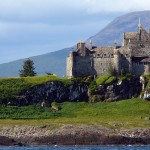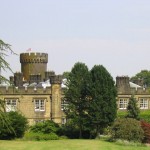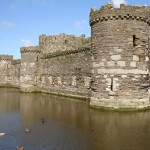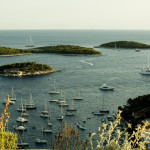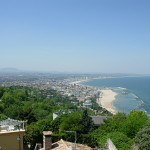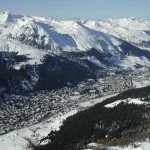The Best Historical Places to see in Edinburgh, Scotland, UK
Edinburgh is home to a number of Scotland’s historical sites and landmarks. In addition to its deep connection with the royal family, Edinburgh is easily one of the best tourist destinations in Europe. This article shares the best historical places to see in this Scottish City:
The Clock Tower above Balmoral Hotel at the Waverly Station
You can always keep track of time whenever you visit Princes Street owing to the big clock tower standing on the ex- North British Railway Hotel, at the Eastern side of the Street. This hotel was constructed as a section of the Waverly Station which was Edinburgh’s central terminal with links to Glasgow and other cities in England.
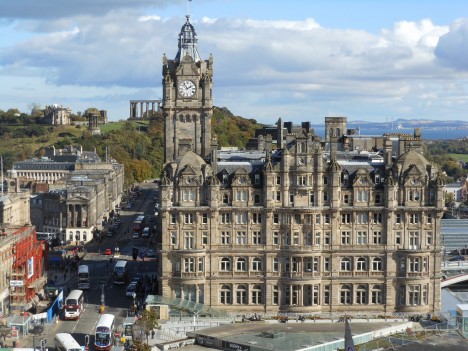
The Clock Tower above Balmoral Hotel, Edinburgh, Scotland, UK by Michael Coghlan
Scott Monument, Princes Street Gardens, Edinburgh
To come up with the design for this structure, a competition was held in 1837 and it managed to attract a total of 55 entrants. George Meikle Kemp was crowned the winner and he came up with a gigantic Victorian Gothic tower to envelope Sir Walter Scott’s statue. Scott was born in Edinburgh, and was a famous author across English speaking nations, having written novels such as “Rob Roy” and “Ivanhoe.” The construction of this historical monument was complete in 1846.
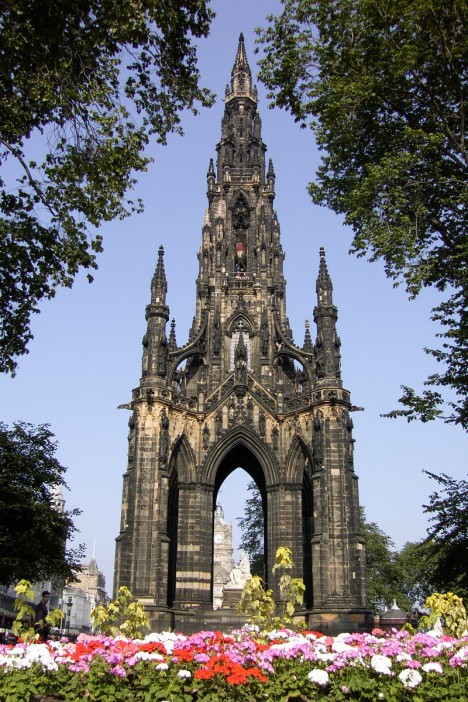
The Scott Monument, Edinburgh, Scotland, UK by Schatir
Nelson Monument, Calton Hill, Edinburgh
This monument was mounted on top of the Calton Hill, from the period ranging 1807-1815, as a commemoration of Horatio Nelson’s 1805 triumph at the Battle of Trafalgar. Its design resembles the shape of the famous telescope that Nelson once owned. In the year 1853, a time ball was erected at the tip of the monument by the same people who constructed London’s time ball at the Greenwich Observatory.
Bank of Scotland, Head Office
The Bank of Scotland, which towers over the Princes Street Gardens, is an attractive spot, particularly during the night when the floodlights are switched on. Most people believe that the Baroque building was constructed as an integrated plan, but it was actually constructed in phases for the duration of over 60 years, starting with Richard Crichton and Robert Reid’s initial building done in 1806. In the 1860s a copper clad dome, relatively similar to the one in Karlskirche Vienna, was added to both the top and the side wings. The face of the monument, seen in the current time, is a tribute to one of its designers, David Bryce, who is credited for adapting the 60 year old building into an entirely new work of art.
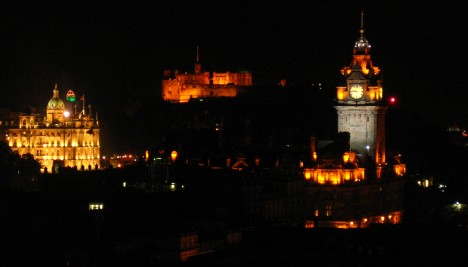
Bank of Scotland, Castle and Balmoral Hotel, Edinburgh, Scotland, UK by Matt Riggott
St. John’s Church Tower
This building was constructed for three years (1815-1818) to the designs of William Burn. It is largely inspired by the Early English and Norman Gothic architecture. However, its design does not resemble those of the Perpendicular Revival Gothic churches of the 1800s which are normally characterized by lofty towers with spires piercing into the skies. Instead, the St. John’s Tower resembles the buildings of the University of Cambridge, Oxford or the Magdalene College.
Royal and Ancient Golf Clubhouse
This facility was also constructed by different architects during its different stages of development. Work on the building began in 1854 by the architectural designer, George Rae, as a one-storey building. It was later expanded in 1866 and 1882 as it was, on both occasions, deemed too small to serve its purpose. The final work was done in 1900, and it is still what we see today.
Rob loves his camper van and he loves to travel – so visit us here at travelersguidetobritain.com for some top tips from this seasoned travel blogger as he writes from the back of the camper and beyond.






